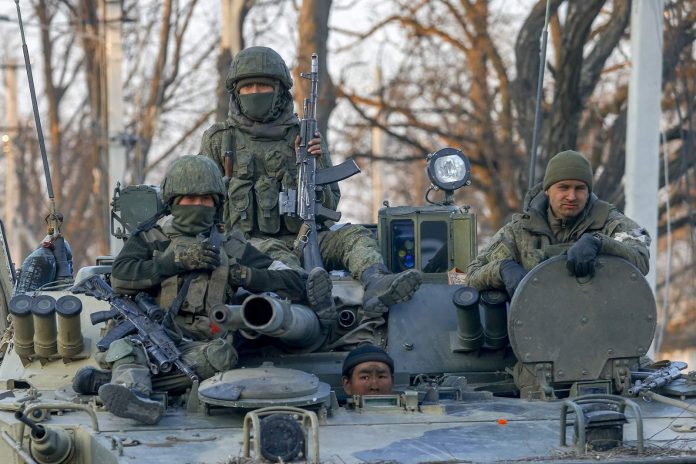While Ukraine searches for ammunition amid acute shortages and the problem of agreeing support from allies, Russia has ramped up industrial production, surprising many Western defence planners, according to The Guardian.
As much as 7.5 percent of Russia’s GDP goes into overall defence spending, with the country reshaping its supply chains to secure many key resources and avoid sanctions. Moreover, factories that produce munitions, vehicles and equipment have been put on 24-hour operation.
Russian President Vladimir Putin stated this month that 520,000 new jobs have been created in the military-industrial complex, which now employed some 3.5 million Russians, or 2.5 per cent of the population. The Russian leader promised funding to train another 1,500 skilled employees for Uralvagonzavod, the country’s largest manufacturer of main battle tanks.
As the war in Ukraine drags into its third year, huge Russian investments in the military have worried European military strategists, who argue that NATO has underestimated Russia’s ability to fight a prolonged war. Mark Riisik, a deputy director in the policy planning department of Estonia’s defence ministry, stated:
“We still haven’t seen where is Russia’s breaking point. Basically one-third of their national budget is going on military production and on the war in Ukraine … But we don’t know when it will actually impact on society. So it’s a little bit challenging to say when will this stop.”
Experts estimate the volume of Russian shell production at 2.5-5m units per year. Riisik noted that the production growth trends put Ukraine at a disadvantage on the front line, where Russia had a superiority of at least three to one in artillery fire.
It’s a lot higher than we expected, really.
Richard Connolly, an expert on Russia’s military and economy at the Royal United Services Institute thinktank in London, stated that Russian production differed significantly from Western, especially European arms manufacturers, which tended to run lean operations that worked across borders and were designed to maximise profits for shareholders.
According to the International Institute for Strategic Studies (IISS), Russian factories reported having delivered 1,500 main battle tanks this year, of which between 1,180 and 1,280 were reconditioned from storage. These figures, as well as refurbished armoured personnel carriers and infantry fighting vehicles, mean that Russia would “be able to sustain its assault on Ukraine at current attrition rates for another two to three years, and maybe even longer,” the group claimed.
